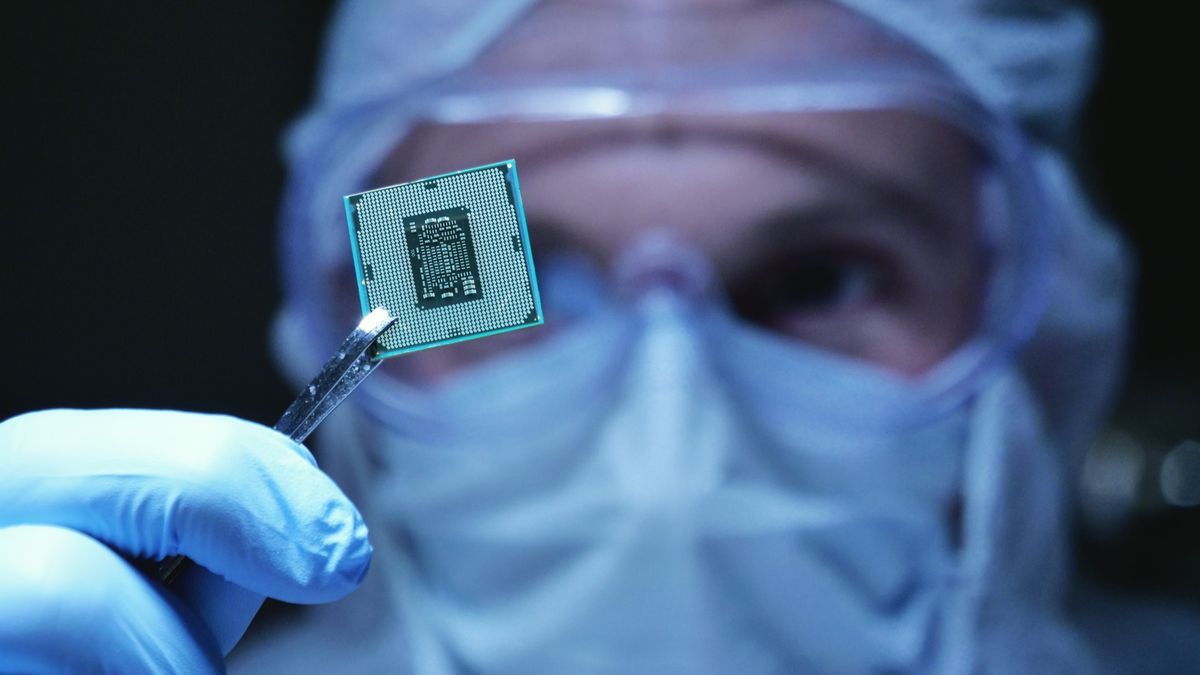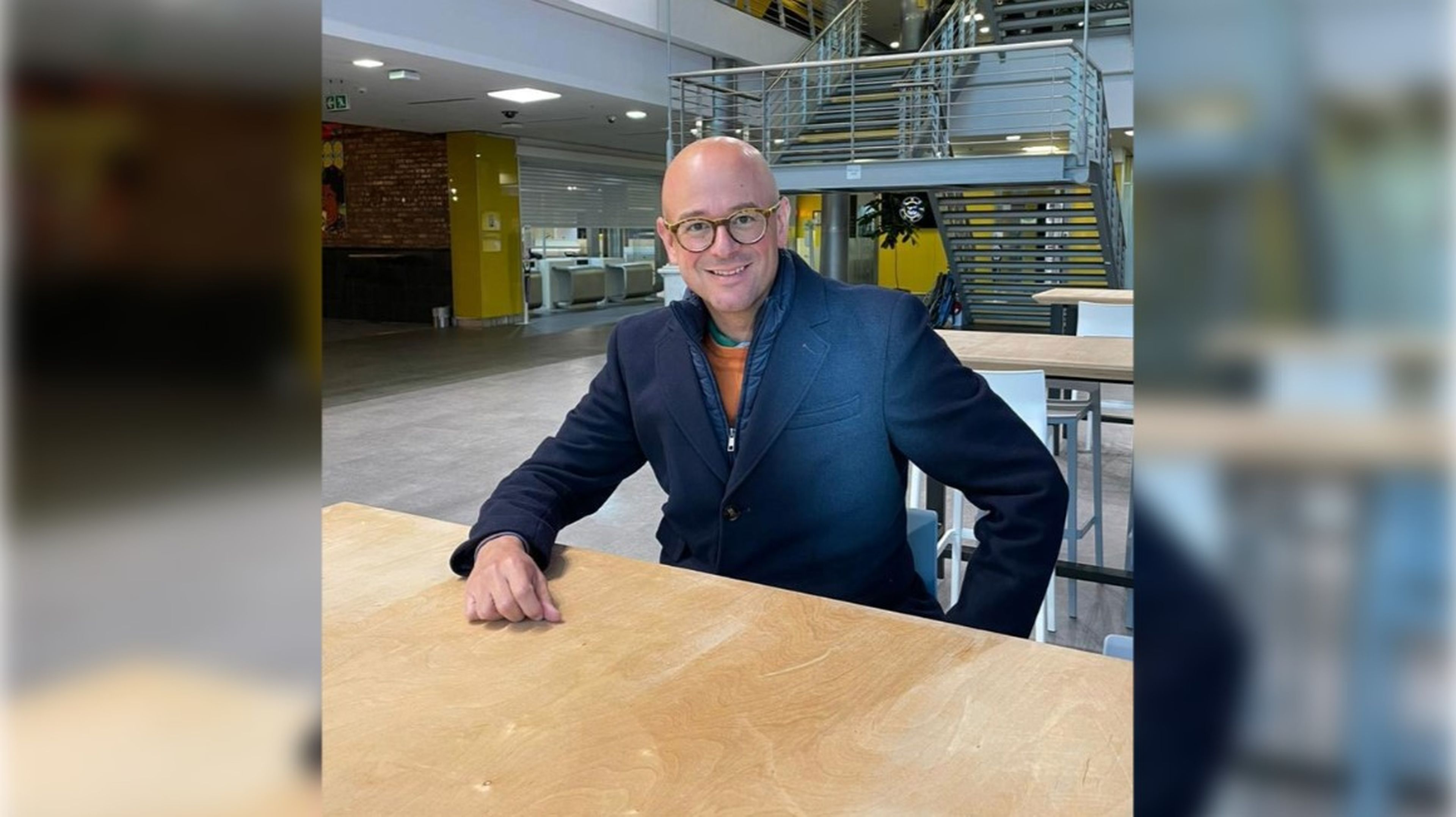The future of mobile chips: after overcoming Moore’s Law, what is the next step?

Gordon E. Moore, the co-founder of Intel, proposed a law – Moore’s Law – that has served for more than 50 years. According to this, the number of transistors in a processor would double every year.
However, Moore – who died in March 2023 – was slightly wrong, as his own company “has continued to halve the size of microprocessors year after year,” as he explains. Félix Martín Aguilar, co-founder of Aliqindoi from Malaga.
With a professional career in several companies and the creation of Aliqindoi, a digital platform very similar to Wallapop, although specialized in refurbished electronic products, Martín knows each component first-hand.
“Shortly before Moore’s death this year, there was debate about the limitations of this law and some experts pointed out that we are very close to the possible physical and chemical limits,” says the expert.
Differences between CPU and GPU: what they are and what they are for
The truth is that, as Martín recalls, The law was more like a challenge for Intel itself and the industry as a whole. In this sense, other manufacturers such as Nvidia have managed to accelerate the number of operations per second in a decade, exceeding the ratio established by law.
What does a chip consist of?
The first thing to take into account in the entire manufacturing process of any processor is the available raw materials. In this case, they are achieved with silicon, a common chemical element that can be found in sand.
It is a semiconductor material, with an electrical conductivity that is halfway between copper and glass. By melting and refining sand, silicon ingots are extracted and then cut into what are known as silicon wafers.
After several processes and adding the electronic components, the chip is obtained.
Intel
Although the silicon It is an abundant and cheap materialtechnological advancement has also limited it, so the semiconductor industry will have to think about other available materials.
carbon could be an option, which would represent a giant step for the sector, which has been using silicon as the main material for the enormous technological development experienced during the 20th century and the current one.
On the other hand, the size of the chips is set by the number of nanometers (nm) that it has, that is, the distance that exists between the “teeth” of the transistors. To better illustrate this unit of measurement, note that used for atoms and wavelengths of radiation.
The result of reducing the length of the transistors also means greater performance and energy savings –The basic operation of a transistor is based on letting electricity pass through it, or not, represented in binary code.–.
To give you an idea of how the industry has advanced, while the first chips measured 10,000 nanometers, such as the Intel 4004 (1971), the most recent ones for mobile phones reach 3 and 4 nanometers, such as apple‘s A17 Pro and the Qualcomm Snapdragon 8 Gen 3, respectively.
Having said that, Is it possible to further reduce the number of nanometers and achieve even more efficient processors?
A future with smaller sizes and more power
The processor is something like the brain in a human body, since it is the backbone of mobile processes that range from the photography section to the useful life of the device itself, since it also has an implication in the battery life.
The equation is quite clear: If more efficient chips are obtained, the entire device will be more powerful, although it will also help energy consumption. Martín exemplifies this situation with a well-known platform, such as TikTok.

Computer Today
Thanks to the advancement of cameras on mobile phones and image and mobile processing, this platform has seen its users grow, a large number worldwide. At this point, cloud computing and its possibilities come into play.
“Although we have seen progress towards centralized processing in the cloud, the increase in the number of users and the requirement for computing capacity makes it unfeasible and has given rise to exponential growth of the so-called computer edge and distributed cloud architectures,” he adds.
To better understand this section, you can think about the recent google pixel 8 Pro, a mobile phone that was born with AI as its main element, although with something very positive: everything is done locally – except AI image editing, which is done in the cloud –.
The difference between running locally or in the cloud is clear. In the case of edge technology, it does so in a way that is close to the user and, as the expert mentions, “the mobile is the closest edge terminal”.
Returning to TikTok, it would be “unfeasible” for the platform to centralize all of these processes for all users worldwide. Although not only because of the computational capacity of this, but also because of the high costs – also environmental – of transmitting data in the cloud.
“Processing in the terminal also allows latency to be reduced to a minimum, that is, processing time is reduced since it is done right there,” he explains. “This is absolutely necessary for applications such as autonomous driving and others that involve critical activities.”
In summary, it seems that the future of chips will not only involve reducing their size – even more – but also taking advantage of new data transmission modelsan era that has already begun.
“If we take into account the effects of transistor integration achieved by Intel and the decrease in NVIDIA’s computational capacity, I think we can only predict a future of smaller sizes and much more power,” concludes Martín.



